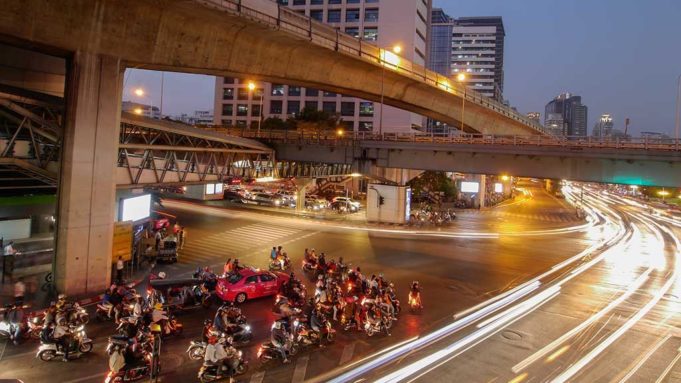The first reports are in, and the news is generally positive for the new AEC.
ASEAN, the Association of ten south-east Asian nations, kicked off the AEC (ASEAN Economic Community) last year, a new trade block to compete with the likes of TransPac and the EU. Ten months down the track and some of the first report cards are coming in and predictions for the long-term value of the AEC.
The ASEAN Investment report shows that foreign direct investment into Southeast Asia’s less developed countries surged in the runup to the start of AEC at the end of last year. Cambodia, Laos, Myanmar and Vietnam reaped a 38% increase, as multinationals clearly saw value in the newly-established single trade economy.
The report wasn’t all good though. Foreign direct investment flows into the AEC bloc declined by 8% in 2015, to $120 billion. Investment from the EU fell 20% to $20 billion, while the figure from the U.S. dropped 17% to $12.2 billion, mostly external factors headlining the slowdown in world trade. On the flip side, investment from Japan rose 11% to $17.4 billion with Chinese investment up 17% to $8.2 billion. India was up a massive 107% to $1.3 billion of investment.
The Report also noted a steep rise in investment in Vietnam by South Korean companies over the past several years, led by electronics groups Samsung and LG. “To further reduce the costs of parts or inputs used in its mobile phones, Samsung encouraged its Korean subsidiaries and subcontractors to invest in Vietnam, operating close to its assembly plants. At least 97 firms in Vietnam are supplying parts and accessories to the company,” according to the Report.
So, as we approach the end of the first 12 months of the new AEC, what does the future hold?
According to Lim Hng Kiang, Singapore’s Minister for Trade and Industry, ASEAN was already the seventh largest economy in the world, and the third largest in Asia (estimated at US$2.3 trillion) before the start of the AEC. A recent study by Deloitte Touche Tohmatsu Limited has projected that five of the top fifteen manufacturing locations in the world will be in ASEAN by 2018. Furthermore, by 2050, ASEAN is also expected to be the fourth-largest economy in the world (after the European Union, the US, and China).
Investment in the AEC, whilst many of the other world trade blocks are languishing, is an important litmus test. The same levels of support and investment are also being felt in the property markets which continue to mature and evolve following the instigation of the AEC.





























